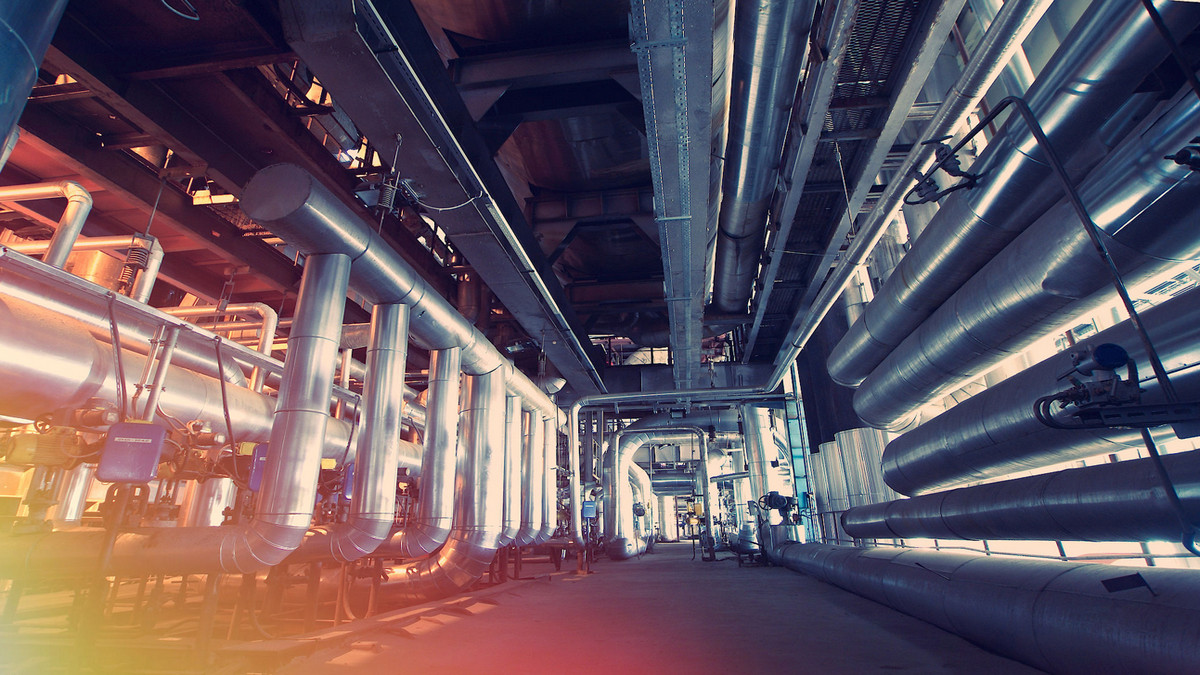Industry determines the scale and level of national economic modernization, plays a leading role in the contemporary world national economy, and is the fundamental guarantee for a nation’s economic independence, political independence, and national defense modernization. Industry is divided into two categories: The sector that consists of large industries that are highly capital intensive is called heavy industry, and the sector generally composed of smaller industries, more focused on the production of smaller consumer products is called light industry.
What is Light Industry?
Although there is not a rigid internationally recognized definition for light industry, it generally refers to industries that mainly provide consumer goods and make hand tools.
Light industry is an important part of the national economy for the production of consumer goods such as food, paper, household appliances, clothing, housing, transportation, entertainment etc. It is important for satisfying domestic demand, providing employment, exporting goods, and supporting agriculture and farming.
What are the Types of Light Industry?
The different raw materials used, can be divided into:
- Light industry which uses agricultural products as raw materials:
It refers to the light industry that directly or indirectly uses agricultural products as the basic raw materials. It mainly includes food manufacturing, beverage manufacturing, tobacco processing, textiles, sewing, leather and fur making, and the paper and printing industries.
- Light industry using non-agricultural products as raw materials:
This refers to light industry that uses industrial products as raw materials. It mainly includes chemical manufacturing, synthetic fiber manufacturing, daily chemical products, daily glass products, daily metal products, hand tool manufacturing, cultural and educational sports goods medical equipment manufacturing, cultural and office machinery manufacturing, and other industries.
Light Industry Plays an Important Role in Economic Development:
- Light industry is the source of living and consumption materials for urban and rural residents, and it is directly related to the improvement of urban and rural people's material and cultural life.
- Light industry provides some means of production and supporting products for agriculture, heavy industry, and other sectors of the national economy, and serves the development of these sectors.
- Light industry is an important source of products for export and foreign exchange.
- Light industry generally has less capital investment, shorter construction periods, faster capital turnover, and is an important source of national fiscal revenue.
- Many light industries are labor-intensive so provide many employment opportunities.
What is Heavy Industry?
Heavy industry, similar to light industry, also provides the means of production for various sectors of the national economy. The development scale and technical level of a country's heavy industry is an important symbol of its national strength. The industrial sectors that belong to heavy industry include the iron and steel industry, non-ferrous metallurgy industry, and the metal materials industry.
Generally heavy industries provide means of production for other industries, while light industry generally produces the final products for consumption. Heavy industry can include manufacturing, electronic and electrical machinery, the chemical industry, metallurgy, energy, (electricity, oil, coal, natural gas, etc.) building materials, and other industries. It provides raw materials, fuel, power, technical equipment, and other materials for all sectors of the national economy. The development scale and technical level of a country's heavy industry is an important indicator of its national strength.
Under normal conditions of continuous technological progress, the growth rate of heavy industry in an economy is generally faster than that of light industry and agriculture. This is a general law of priority growth, as the means of production must come first before actual production of consumer goods can take place. However light industry and agriculture often provide raw materials for heavy industry, so heavy industry is also dependent on the development of light industry and agriculture. Because of this inseparable dependance of heavy industry on light industry and agriculture, the development scale and speed of the two industry sectors must be coordinated.
What are the divisions of heavy industry?
Many modern developments in the chemical industry have led to the chemical industry occupying a very prominent position in heavy industry. Therefore, the chemical industry is often classified as an independent heavy industry, leading to industry being divided into three major sectors: light industry, heavy industry, and the chemical industry. Sometimes heavy industry and the chemical industry are collectively called the heavy chemical industry.
Heavy industry can be divided into the following according to the nature of production and product use:
- The mining industry refers to the mining of natural resources including oil, natural gas, coal, metals, non-metals, and timber logging.
- The raw material industry refers to the industries that provide basic materials, power, and fuel to various sectors of the national economy. It includes ferrous and non-ferrous metal smelting and processing, coking and coke, chemicals, chemical raw materials, cement, petroleum and coal processing, glass fiber raw materials, sawn timber and other wood-based products.
- The processing industry (heavy manufacturing industry) refers to the industry that reprocesses and manufactures industrial raw materials into machinery and equipment for manufacturing, electronics industry equipment, chemical fertilizers, metal structures, cement products, and other building materials.
- A small part of heavy industrial products is used for daily consumption, such as electricity, domestic coal, cars, etc.
At present, many light industries are in a saturated state. From the perspective of investment demand, heavy industry would need to develop new innovative forms in order to improve international competitiveness.








.jpg)
.jpg)
.jpg)

.jpg)

點-m-90454917_m.jpg)